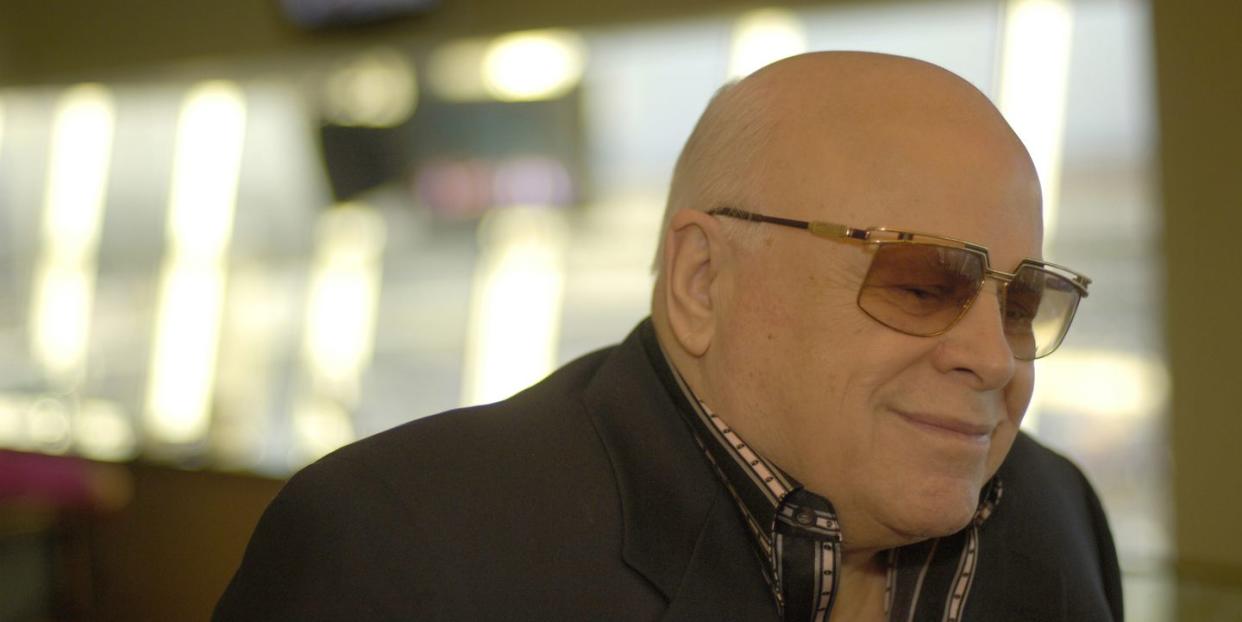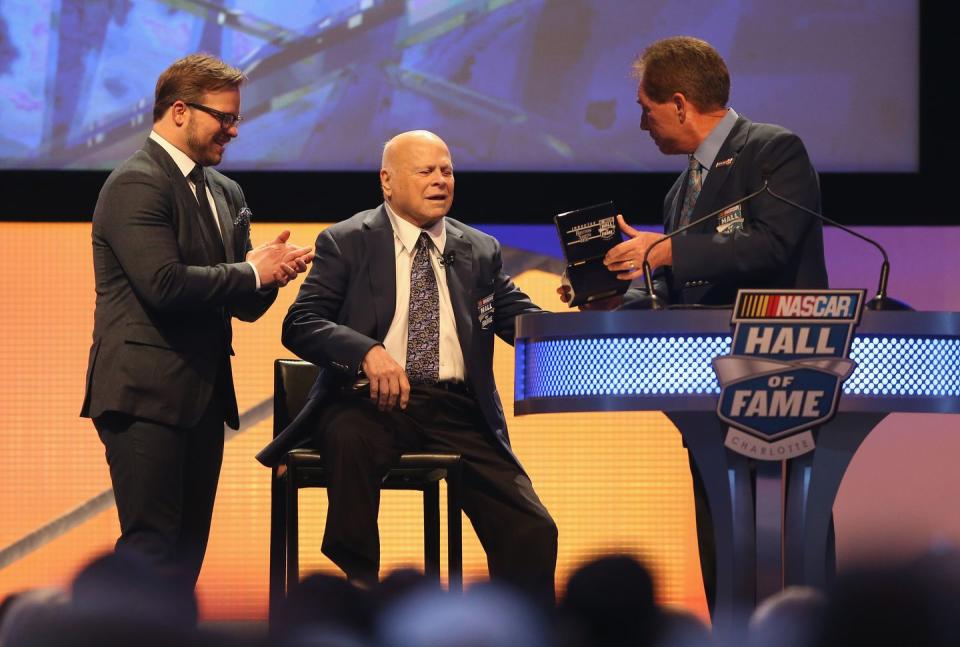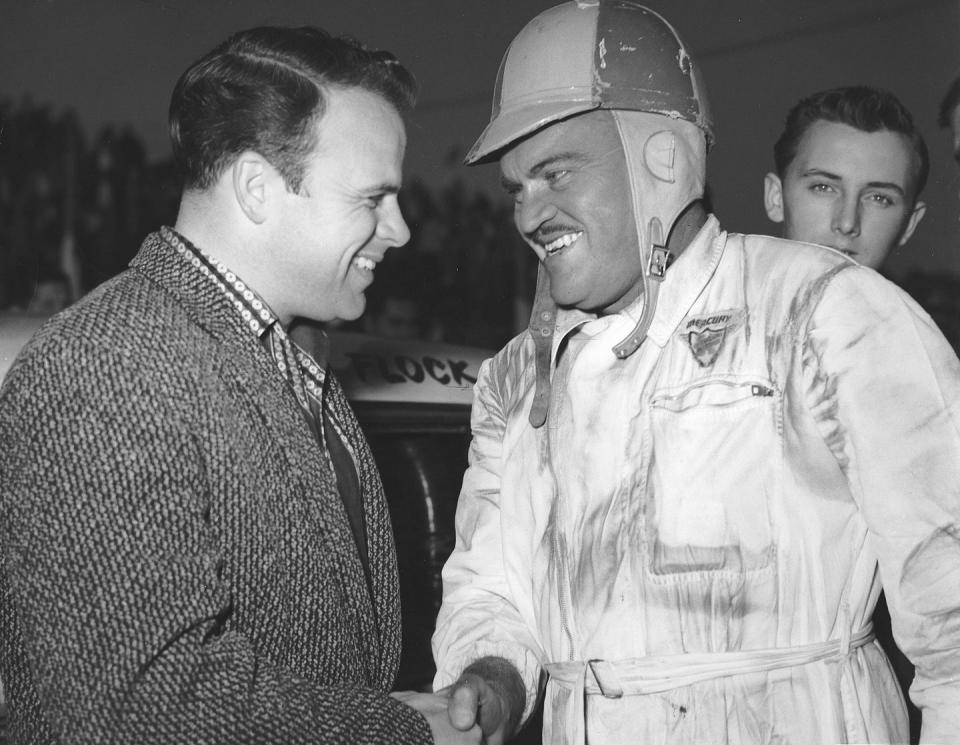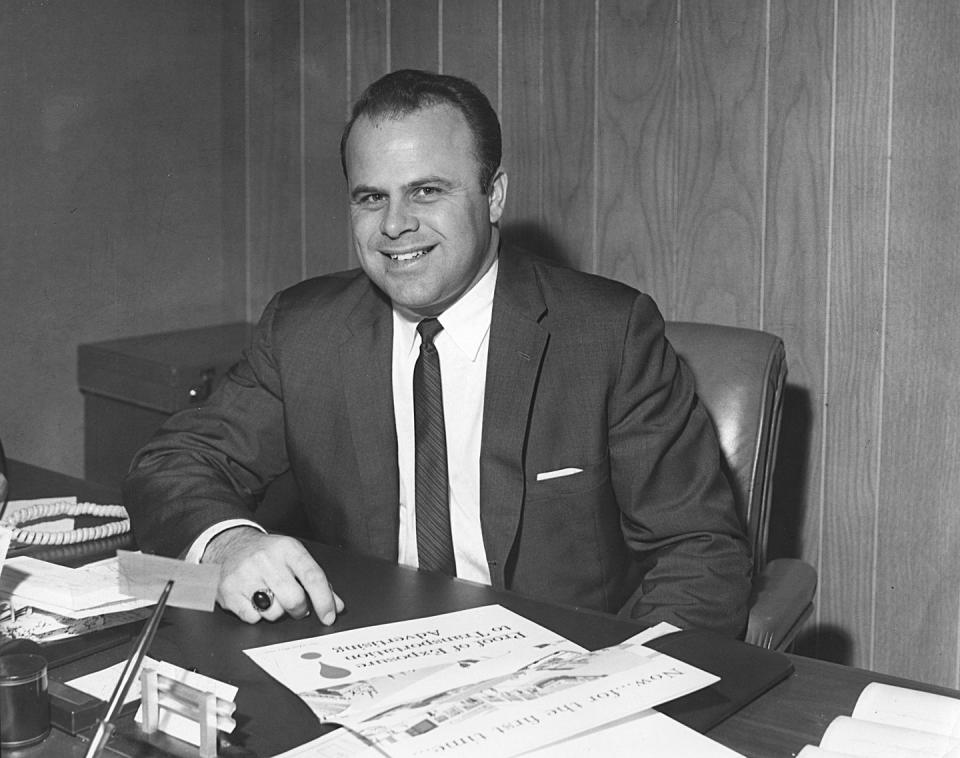Charlotte Speedway Founder, NASCAR Hall of Famer Bruton Smith Dies at 95

- Oops!Something went wrong.Please try again later.
- Oops!Something went wrong.Please try again later.
Ollen Bruton Smith, founder of Speedway Motorsports Inc. and one of the most forward-thinking track operators died Wednesday at age 95.
The native of Oakboro, North Carolina had been in failing health for some time and had rarely been seen in public since his 2016 Hall of Fame induction.
Smith was best-known for building the 1.5-mile Charlotte Motor Speedway north of the growing city in the late 1950s.
Ollen Bruton Smith, founder of Speedway Motorsports Inc. and one of the most forward-thinking track operators and promoters in all of motorsports, died Wednesday at age 95 in Charlotte.
The native of Oakboro, North Carolina had been in failing health for some time and had rarely been seen in public since his 2016 induction into the NASCAR Hall of Fame.
Creative, innovative, and a fearless entrepreneur, he was the first to take a motorsports-related company – his Speedway Motorsports Inc. franchise – to the New York Stock Exchange in 1995. SMI eventually would build its business portfolio to include 11 speedways that currently host almost two dozen NASCAR and NHRA races. Among SMI’s holdings are tracks at Atlanta, Bristol, Charlotte, Dover, Kentucky, Las Vegas, Nashville, New Hampshire, North Wilkesboro, Sonoma, and Fort Worth.

During a 2016 NASCAR media event, team owner Roger Penske said of Smith: “Bruton is a special guy and someone who has brought so much to NASCAR. When you think about the Charlotte Motor Speedway and Bristol, and tracks like New Hampshire and Sonoma and Atlanta, he’s been the best. There’s no question. He set the bar.”
Smith was best-known for building the 1.5-mile Charlotte Motor Speedway north of the growing city in the late 1950s. He and co-founder Curtis Turner struggled financially throughout the project, but eventually opened for its inaugural World 600 in June of 1959, only a few weeks delayed from their Memorial Day weekend goal.
The track endured some difficult times in the 1960s, but never shut down, hosting several NASCAR Cup Series races a year. It went into bankruptcy and receivership even as Smith – relocated to the Midwest to build an automotive empire – bought up shares in the business. The track began to flourish in the mid-1970s, when Smith returned to the Charlotte area and acquired sole ownership of the facility.

Along with right-hand man Humpy Wheeler, he added lights to give network television options regarding its programming schedule. He built permanent condominiums overlooking Turns 1-2 and added a massive business center, VIP suites, and the high-end “Speedway Club” overlooking the start-finish line. He also installed a 16,000-square-foot HDTV on the backstretch, thus allowing fans better views of the action. He also signed off on the Roval, the course that includes much of the 1.5-mile trioval and the infield road course. Over time, there was almost nothing he, his son, Marcus, and Wheeler wouldn’t do to entertain fans.
He once described to Car & Driver magazine the relentless force that spurred him from a dirt-poor farm with eight siblings to world-wide acclaim as a motorsports pioneer. “You have food, clothing and shelter,” he said in 2003, “but you never have any money. And I never did like that. I did not like it. You worked from sunup to sundown, but you did not see the rewards. I decided by the time I was eight or nine that I was not going to stay on the farm.”
He briefly tried driving, but despite some early success, reluctantly gave it up at his mother’s urging. “I started driving, and it wasn’t as difficult as I thought it was,” he said during his Hall of Fame induction speech. “I thought, ‘OK, now I’ve got my career going.’ My dad didn’t have a problem with it… but my mom had a problem with it. She said, ‘I wish you wouldn’t do that.’ My mother was a very religious person, and my mom started praying I would quit. I knew then it was time to quit because I was not going to compete with that.”

He began promoting short-track, dirt-track races as a teenager, but had to give it up when the Army drafted him for two years in 1951. Before leaving, he created something he called “National Stock Car Racing Association” in hopes of doing what Florida-based Bill France was doing so successfully.
But his fledgling organization was so grossly mismanaged during his absence that it never challenged France’s new NASCAR series. They were never best of friends, but came to appreciate each other’s dedication to stock car racing.
Jim France, CEO and president of NASCAR summed up Smith's legacy in a statement on Wednesday:
"Race fans are, and always will be, the lifeblood of NASCAR. Few knew this truth better than Bruton Smith. Bruton built his race tracks employing a simple philosophy: give race fans memories they will cherish for a lifetime. In doing so, Bruton helped grow NASCAR’s popularity as the preeminent spectator sport. His vision and legacy inspired many, and his fan-first mentality remains today through his son Marcus. On behalf of the France family and all of NASCAR, I offer my deepest condolences to the family and friends of Bruton Smith, a giant of our sport."

